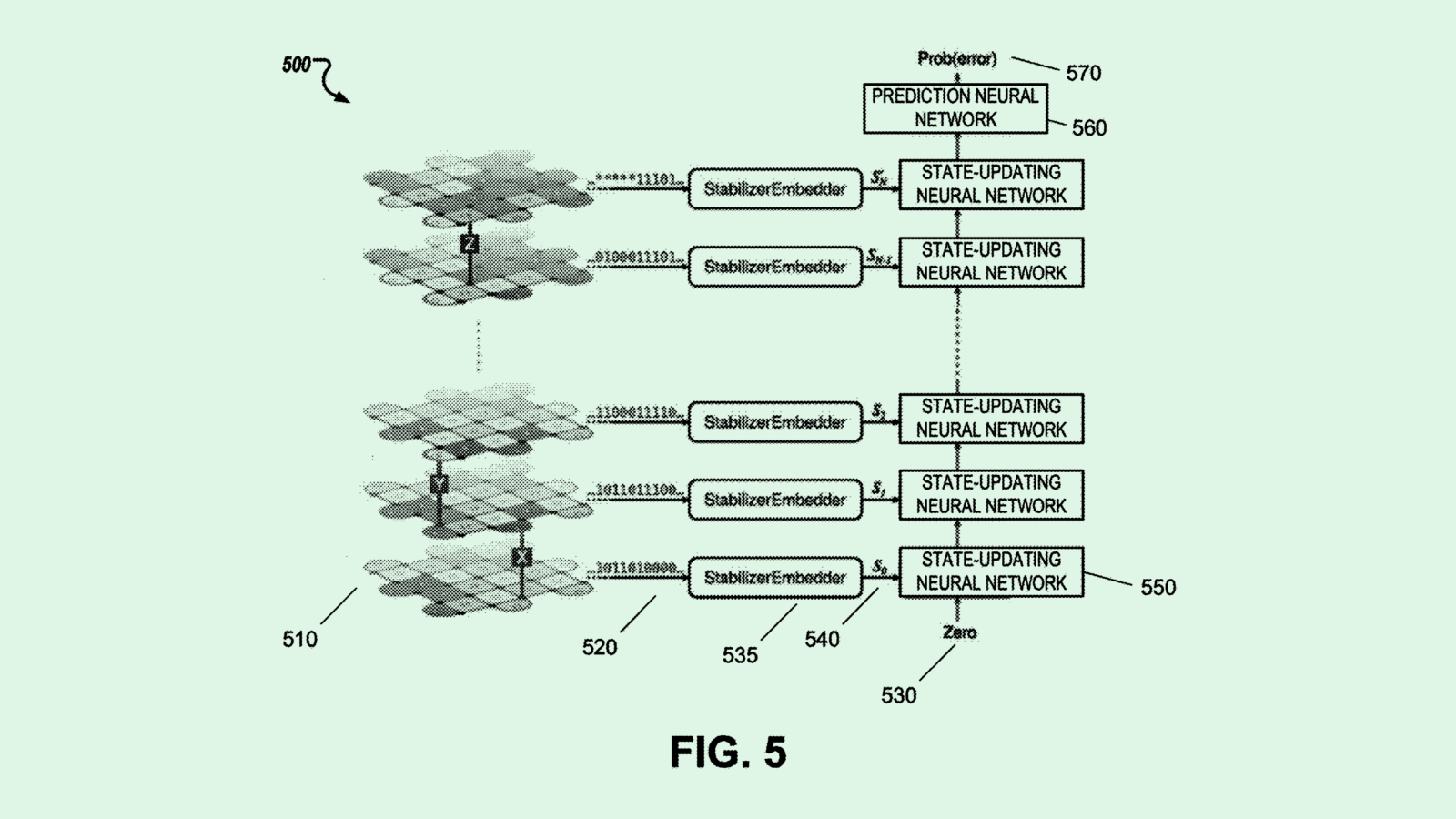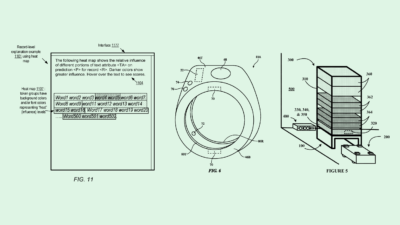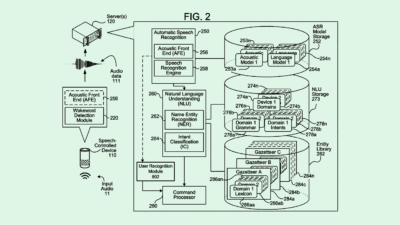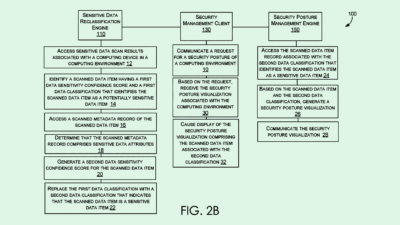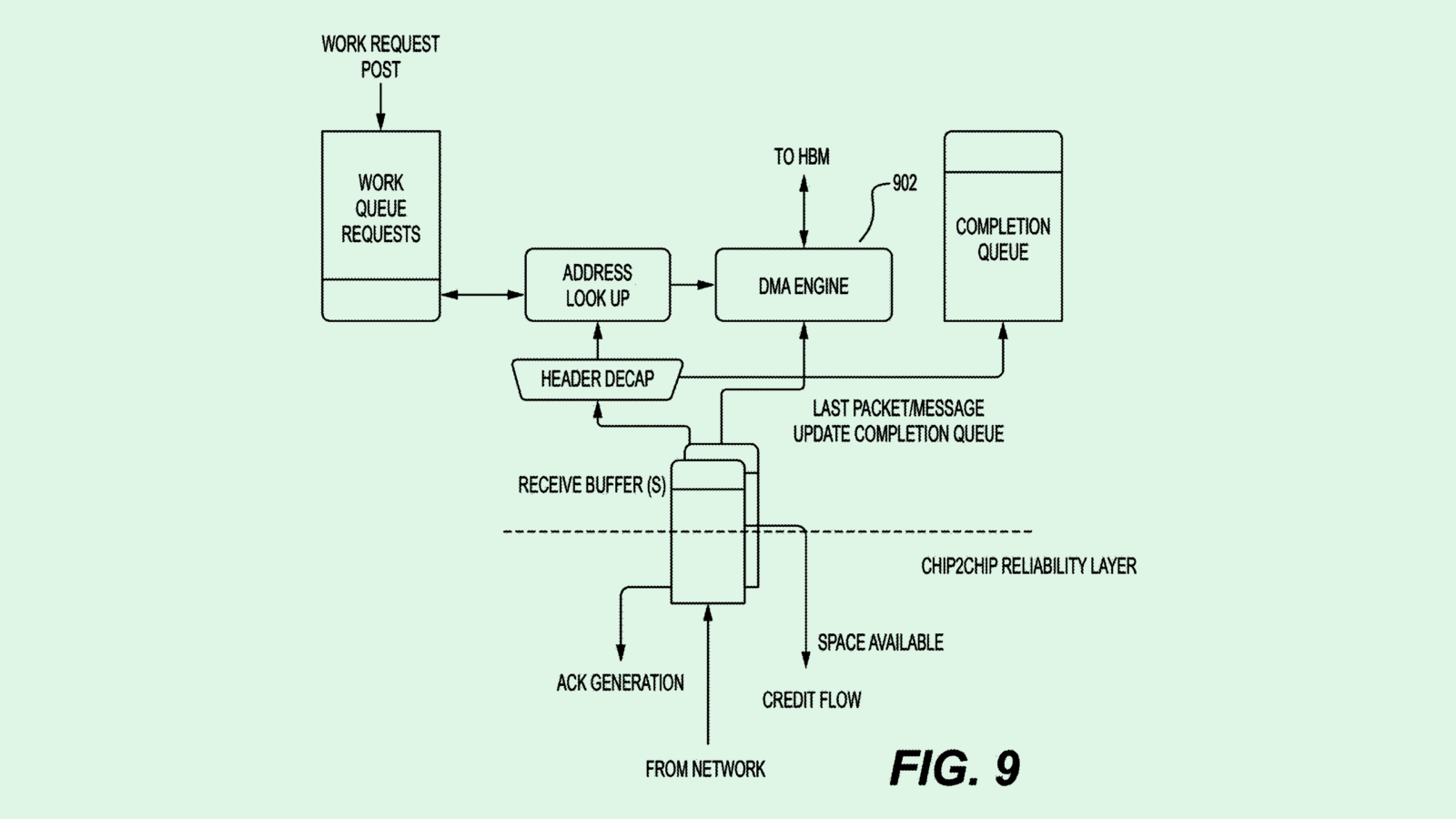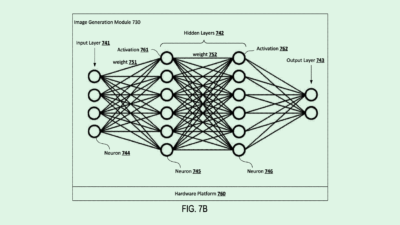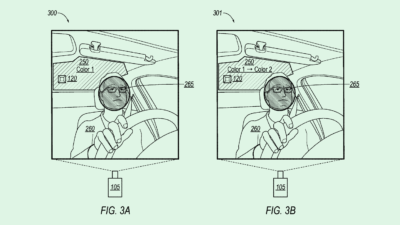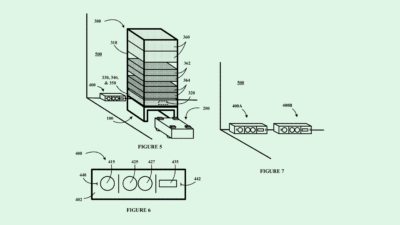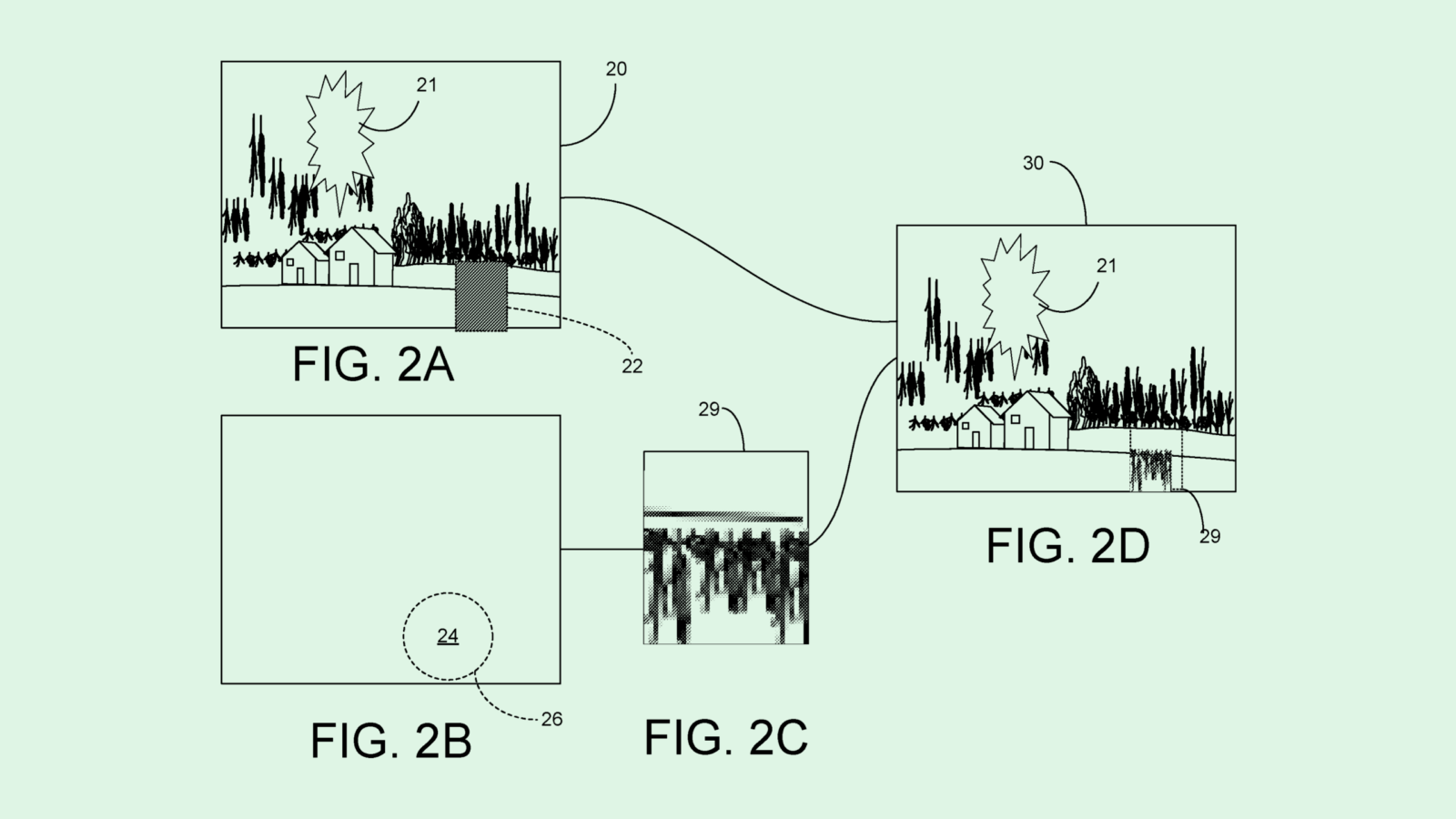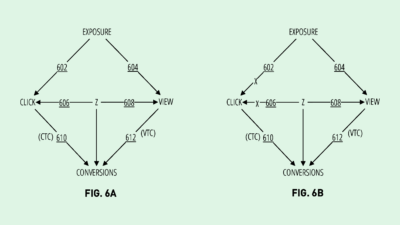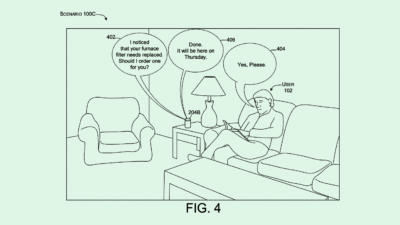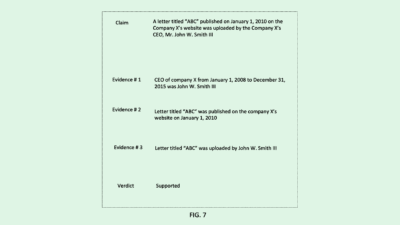Ford Self-Driving Maintenance Patent Could Automate Oil Changes
Filings like these indicate that this pivot will likely have a domino effect on all other parts of the automotive industry.
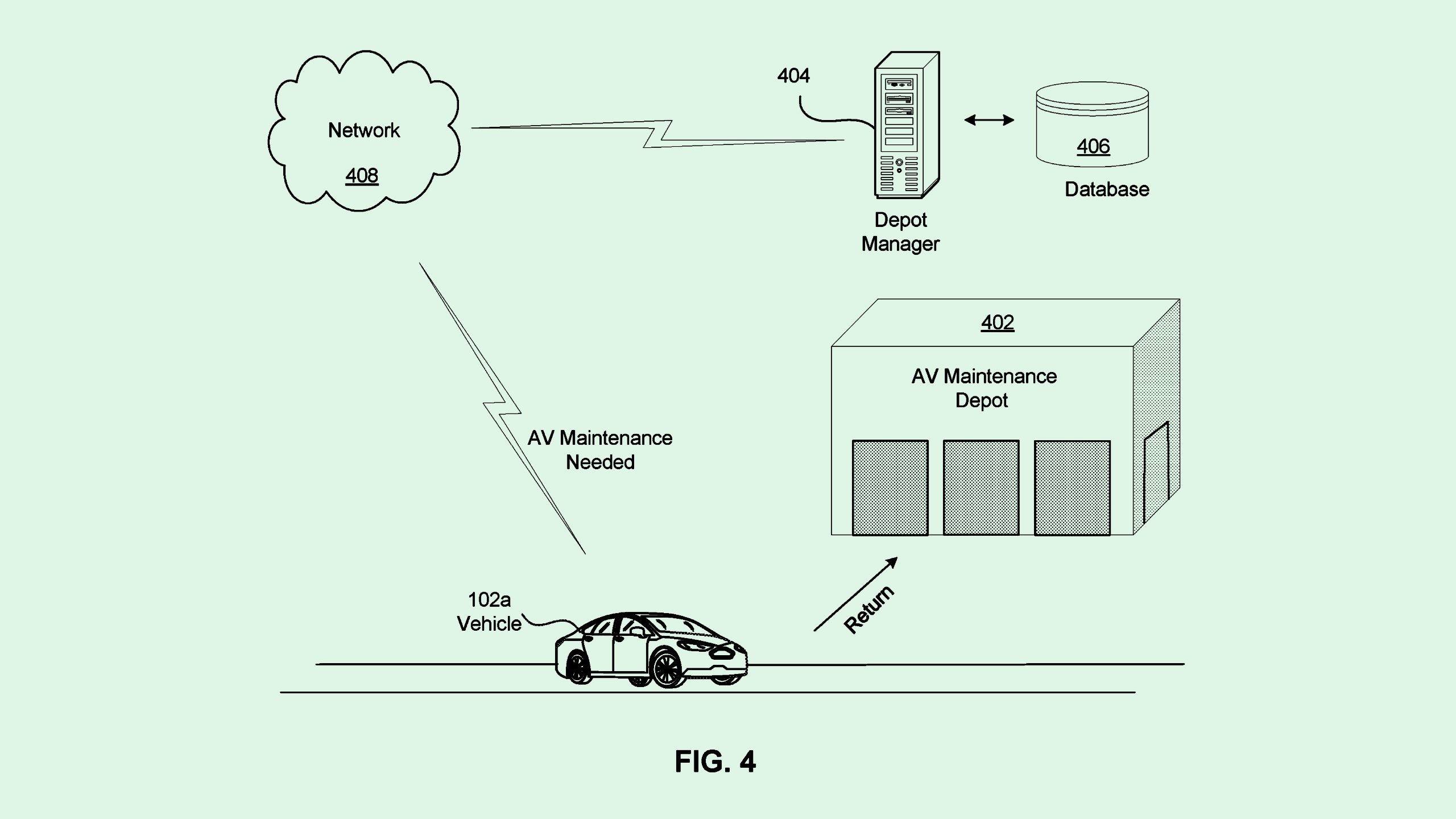
Sign up to uncover the latest in emerging technology.
Ford wants to know when to give its self-driving cars a break.
The automaker filed a patent application for a system to “ingest and deploy maintenance services for autonomous vehicles.” To put it simply, Ford’s patent describes a comprehensive system to make sure that a fleet of self-driving vehicles receives repairs at regular intervals.
“Current driver-based systems fail to provide a platform to complete these maintenance items or repairs for AVs,” Ford said in the filing. “For example, a user cannot effectively direct or monitor each step of an AV maintenance cycle.”
Ford’s system performs remote troubleshooting on a fleet of autonomous vehicles to identify when work may need to be done on any particular vehicle. If it discovers a car in need of repair, it’ll instruct that vehicle to drive itself to a maintenance facility for an assessment.
After the vehicle gets a check-up, the system generates a maintenance schedule and allocates the proper resources, such as personnel and tools, to the appropriate tasks, adjusting the schedule based on the availability of these resources. The vehicles navigate themselves between different stations and tasks based on the schedule, and are tested before they’re put back into the fleet.
On the user end — meaning, the person who owns the autonomous vehicle or the entire fleet — this process is managed through an app that lays out the entire maintenance schedule, essentially automating the need to bring your car into the shop when the check engine light comes on.
Though it’s not as loud about its commitment to self-driving cars as others, Ford has made progress in its autonomous ambitions. CEO Jim Farley said in an interview with Bloomberg TV last month that the automaker has achieved Level 3 autonomous driving in testing, or a partial kind of automation in which drivers can go “hands and eyes off the road on the highway.”
“We’re getting really close,” Farley told Bloomberg. “We can do it now pretty regularly with a prototype, but doing it in a cost-effective way is just the progress we’re going to need to make.”
While tech firms and automakers alike have committed time and money into exploring self-driving vehicles, these two camps may be approaching it from different angles, said Bob Bilbruck, CEO of consulting firm Captjur.
Companies Google, Baidu, and Amazon are taking the robotaxi route, while Ford is working to retrofit personally-owned vehicles with autonomous capabilities. Ford-backed AV startup Argo AI shut down in late 2022, but the automaker established Latitude AI early last year with more than 500 of Argo AI’s former employees. The subsidiary is working on self-driving in personally-owned vehicles. Firms like Tesla and GM, meanwhile, are approaching autonomy in both respects.
These varying approaches are a sign that there may not be one answer to the question of how autonomous vehicles will change the transportation market, said Bilbruck.
“It’s a game-changing pivot, much like we saw in the computer industry when everybody went from desktops to laptops to tablets and phones,” he said. Patents like these indicate that this pivot will likely have a domino effect on all other parts of the automotive industry, upending gas stations, traditional body shops, and more.
What all of these firms have in common, however, are regulatory run-ins, said Bilbruck. The National Highway Traffic Safety Administration opened an investigation into Ford’s autonomous driving tech in April following two crashes that caused three fatalities. Tesla, Amazon-owned Zoox, and Google-owned Waymo have faced similar probes.
